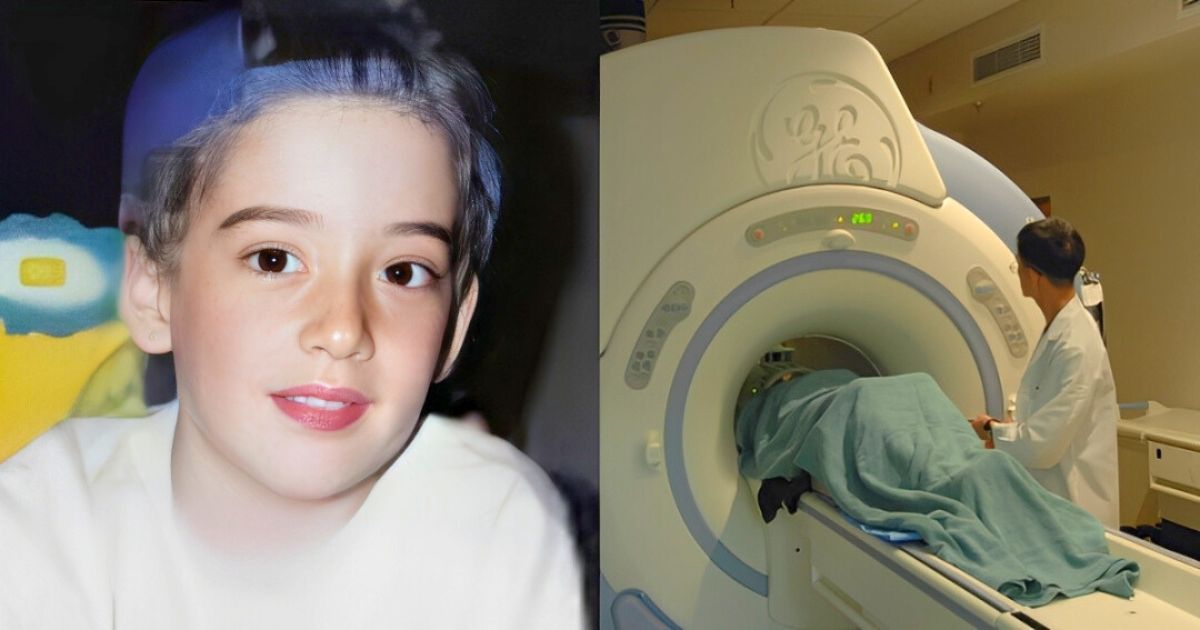It was a day that started like any other for Michael Colombini, a six-year-old boy from Croton-on-Hudson, New York. His family had no idea that the simple MRI scan they’d brought him in for would turn into every parent’s worst fear come true.
In a terrible twist of fate, a steel oxygen tank was suddenly and forcefully pulled into the MRI machine, hitting Michael’s head. This heartbreaking event back in 2001 still sends shivers down the spines of those in the medical world.
It’s a harsh lesson in just how quickly things can take a turn for the worse, even in places filled with cutting-edge technology and the best intentions to help. Mike had just gone through an operation to take out a non-cancerous brain tumor, and he was getting checked out with an MRI at Westchester Medical Center while he was out of it on meds.
But then, his oxygen levels dived the MRI, and the medical team had to jump in to help him out.
Their next decision turned out to be a tragic mistake. Instead of sticking with the oxygen that’s supposed to be there in the MRI room, or just doing things the way they’re supposed to be done, they brought in a portable oxygen tank made of steel.
As soon as they got it in there, the MRI’s massive magnet pulled it like it was a toy, sending it flying across the room at a speed of about 30 miles an hour. It hit Michael, and it was so powerful that it broke his skull and took his life, reported ABC.
The hospital’s top brass took full blame for what happened, with the CEO at the time, Edward Stolzenberg, saying it was just a terrible, tragic mistake and that they would do “do anything (…) to ease the family’s grief.” More than 500 people went to the little kid’s funeral, and his kindergarten teacher talked about him as “an awesome kid who liked having fun.”
Back in 2009, Michael’s family came to a hushed agreement with the hospital for $2.9 million. They decided not to talk about it anymore in public, but the details of the case are still out there for anyone to find.
On this inauspicious 20th anniversary of the tragic #MRI death of Michael Colombini (and coincident #RSNA annual meeting categorical focus on #MRIsafety in 2001), it’s a shame there’s virtually no MRI safety educational content this year.
Is there more than this one session? pic.twitter.com/mR9uy1nZXe
— Tobias Gilk, MRSO, MRSE, Architect and MRI Safety (@tobiasgilk) November 30, 2021
This terrifying incident wasn’t a one-off thing.
Just down the road, about an hour’s drive, in 2025, a man named Keith McAllister, 61 years old, lost his life to MRI magnets. It’s a sad story because he was just too close to one of those machines with a metal necklace on. His wife was getting scanned, and she had to call out for help when it happened. To no avail, of course.
JUST IN: Wife of man k*lled after he was pulled into MRI machine while wearing a 20-POUND CHAIN BLAMES technician
Keith McAllister, 61, was critically injured at Nassau Open MRI in Westbury after being pulled into an MRI machine by the 20-pound metal chain he was wearing
‘I saw… pic.twitter.com/OGmCIkjvDA
— Unlimited L’s (@unlimited_ls) July 20, 2025
MRI machines are absolutely crucial when it comes to diagnosing, but let’s not kid ourselves, they can be intense. The magnetic fields inside these are 30,000 times stronger than what we’ve got going on here on Earth.
And that’s not all. They can turn regular, run-of-the-mill objects into serious dangers if they’re not handled right.
That’s why the pros keep hammering home the importance of safety, especially when we’re talking about kids and people who might be extra sensitive to these things.













